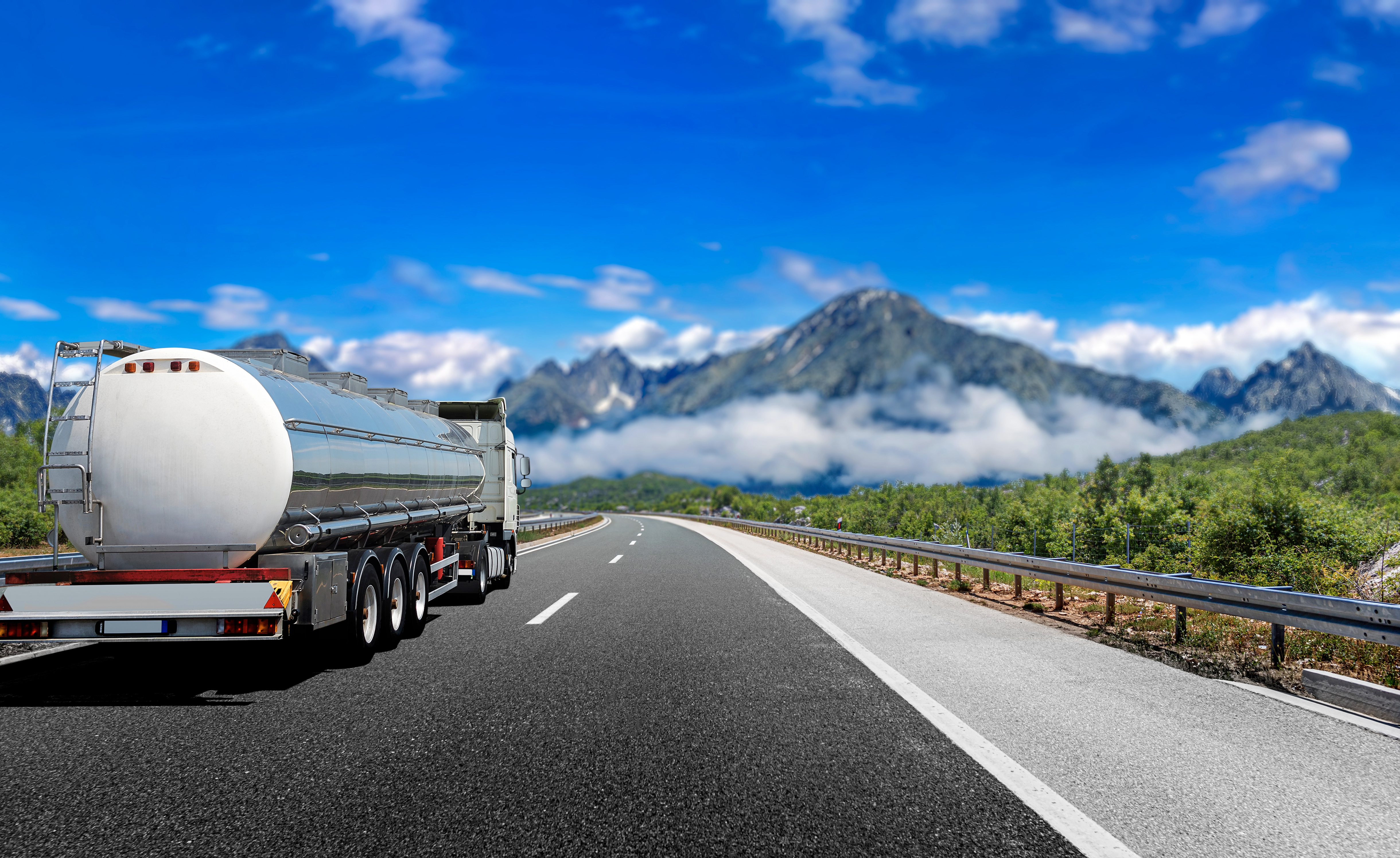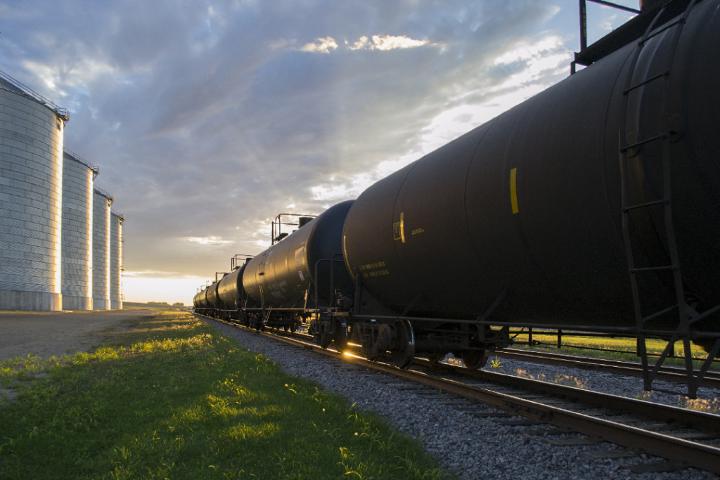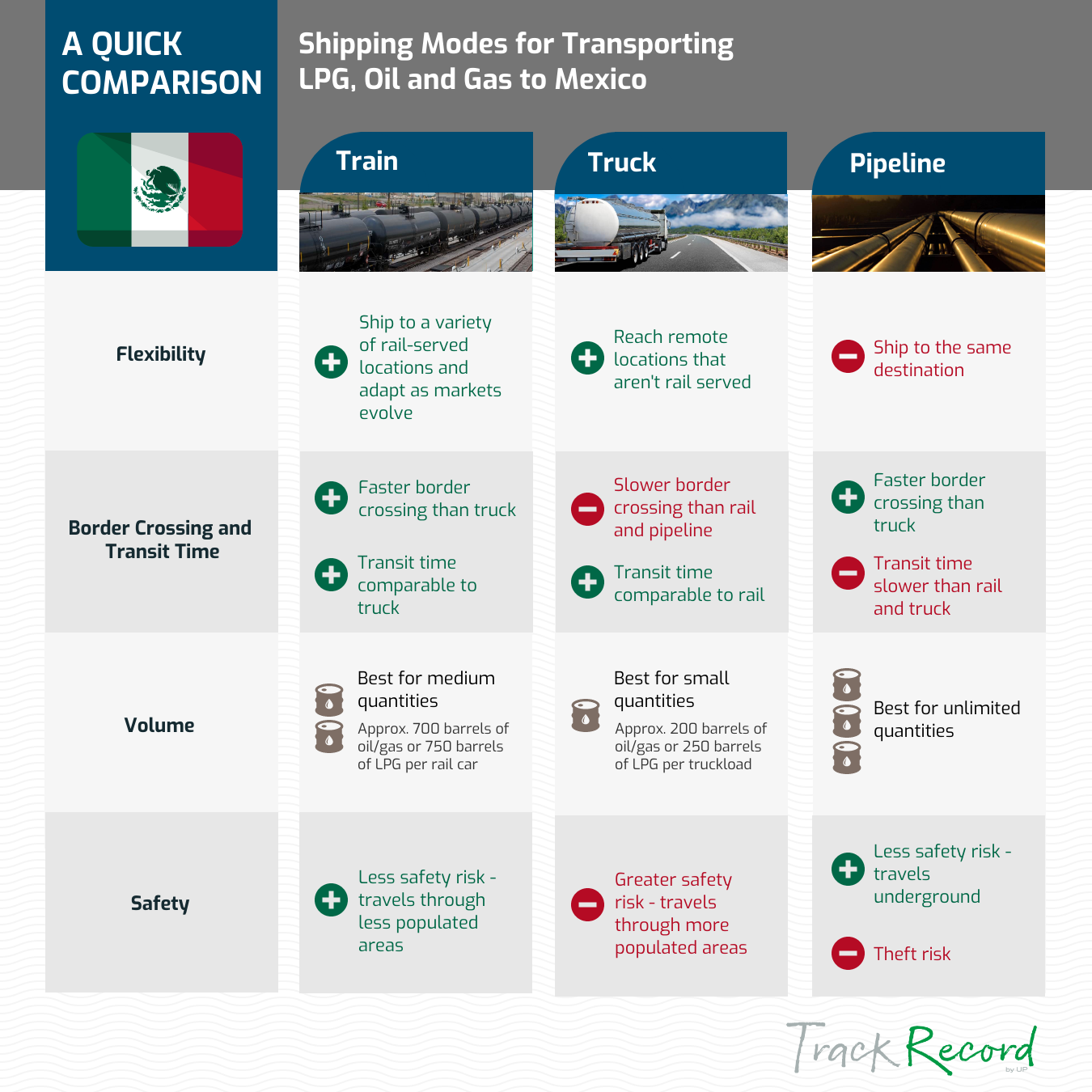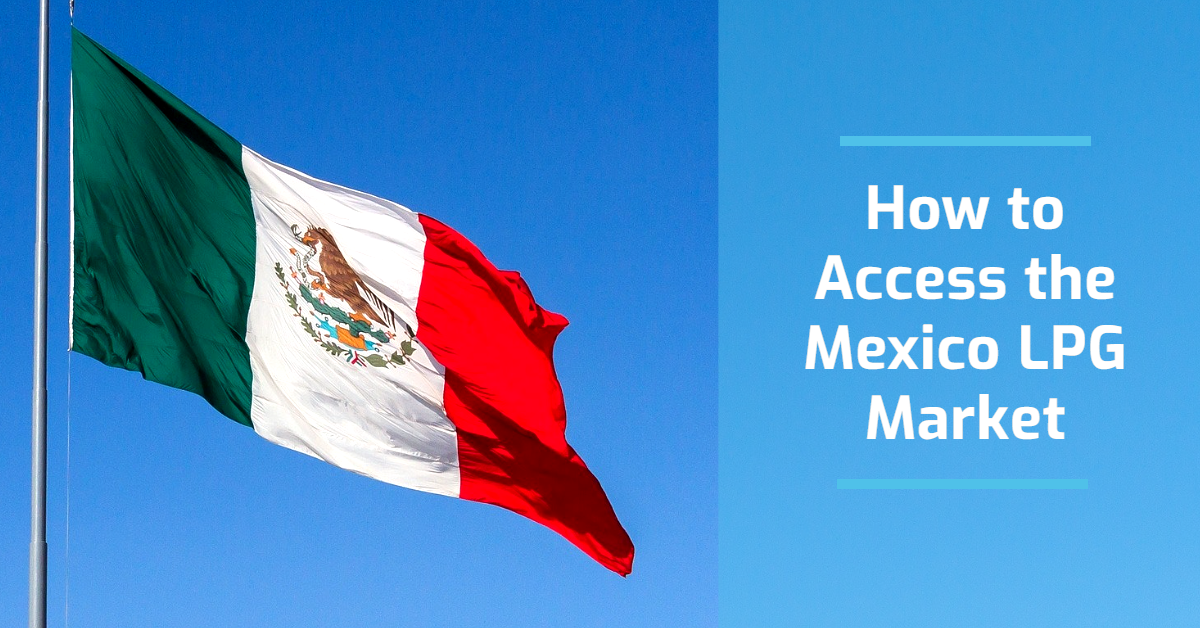Thanks to Mexico Energy Reform, new business opportunities are available for producers of Liquefied Petroleum Gas (LPG). If you’re looking to access Mexico markets, you’ll want to find the best shipping mode to get it there. Here, we compare your transportation options for shipping LPG across the border (don't miss the LPG Shipping Options Infographic at the end of the article!).
1. Flexibility

Depending on what, where and how much you are shipping, you will need a transportation solution that can adapt and grow with you as you gain access to Mexico’s LPG markets.
Rail
As you set out to establish your business in Mexico, there is a good chance you may try shipping to and from different locations until you get it right. While you are in that experimental phase of shipping LPG to Mexico, rail may be your best bet. Offering support and flexibility to help build your business, rail is like a “rolling pipeline,” allowing you to move large amounts of natural gas liquids, including propane and butane, to a variety of places and to adapt as market dynamics evolve.
Truck
Truck has its pros and cons, too. While unable to carry as much Liquefied Petroleum Gas at one time, trucks do have the flexibility to reach even the most remote locations within Mexico.
Pipeline
When you ship Liquefied Petroleum Gas via pipeline, you are bound to the same route each and every time, and you may encounter delays or bottlenecks caused by limited pipeline capacity and long construction time lines. Currently, government regulations are also playing a significant role in limiting pipeline capacity – another important component to watch as LPG markets in Mexico continue to evolve.
ADVANTAGE: Rail and truck are the most flexible modes for shipping LPG to Mexico.
Pro Tip: Combine modes to improve efficiency. If you’re having trouble deciding between rail, truck and pipeline to ship LPG to Mexico, transloading can help you take advantage of the benefits of each. When products are transloaded, they’re moved from trucks to tank cars (the type of rail car that carries LPG), or vice versa, allowing you to combine the economic advantages of rail for shipping LPG long distances with the flexibility of over-the-road trucking for short distances. Combining pipeline and truck is also an option, so if it makes sense for your business to employ multiple modes to ship NGLs to Mexico, don’t be afraid to ask your shipping partners to work with you on a customized solution.
2. Transit Time
If you are new to shipping Liquefied Petroleum Gas to and from Mexico, understanding the Customs process can be overwhelming, and the time it takes to cross the border and reach the final destination can be fairly quick or not-so-quick, depending on which mode you choose.
Rail
Don’t overlook shipping LPG by rail for faster border crossing. We are talking minutes via train, rather than sitting at the border for hours – or even days – when you ship by truck. Plus, railroads typically have a team of experts to help you through the process and can even help you get clearance ahead of time.
Pro tip: Learn more about how to ship energy products to Mexico.
Truck
Once you clear Customs, which can take longer for trucks than other modes, transit times for shipping Liquefied Petroleum Gas in Mexico are comparable for both rail and truck.
Pipeline
Shipping LPG across the border via pipeline is quick and seamless, but total transit time from origin to destination can take significantly longer than truck or train. It is estimated that rail is approximately three to four times faster than pipeline.
ADVANTAGE: Between quick customs clearance and total transit time, rail is the fastest way to ship LPG to Mexico.
3. Volume

Depending on the size of your shipment and the distance it is traveling, you may get more bang for your buck with the shipping mode you use to ship LPG to Mexico.
Truck
As you know, trucks can only move a small amount of LPG at a time. In fact, a single tank trailer only holds about 10,000 gallons or 250 barrels, a little under a third of a rail car. So, if you plan to ship smaller quantities of LPG less often, trucks might make the most sense.
Rail
If you are shipping large quantities of LPG on a regular basis, rail might offer the best value. One train can carry as much product as approximately 300 trucks. And if you are looking at it from a fuel cost perspective, you can move one ton of freight 470 miles on a single gallon of diesel fuel by train, which is about three to four times more fuel efficient than trucks.
Pipeline
If you are shipping mass quantities of LPG to meet the ever-growing demands of the Mexican economy, shipping via pipeline may be the way to go. And in most cases, it is the least expensive.
ADVANTAGE: When it comes to volume, the best shipping mode depends on how much LPG you plan to ship.
Pro Tip: Contact a shipping expert who can help you choose the right shipping mode for your volume.
4. Safety

Just like shipping in the U.S., it is important to understand the potential safety risks of the mode you choose to move Liquefied Petroleum Gas across the border.
Rail & Pipeline
While all shipment options pose some safety risks, when it comes to shipping large amounts of LPG long distances, rail and pipeline are generally safer than truck. Pipelines and railways typically travel through less-populated areas, reducing the risk to human life.
While both modes have lower risks to people in highly populated areas, rail gets the edge in terms of both the safety of people and the product. That’s because pipeline fuel theft is on the rise in Mexico, and is becoming a serious financial and safety concern. Illegal taps drilled into state-owned pipelines can cause leaks, pressure loss and even fires. What's more, current safety concerns have caused the Mexican government to take action and temporarily close some pipelines in an effort to battle theft problems.
Pro Tip: Learn how railroads keep cross-border shipments safe.
Truck
Trucks travel on major highways through cities and towns – areas where there is a greater risk for fatalities or injuries.
ADVANTAGE: Rail is the safest way to ship LPG to Mexico, as it keeps the product safe from theft and protects the communities through which it ships.
New Territory, New Opportunities
No matter how you slice it, there is no doubt Mexico’s energy reform has the potential to open the door to many new opportunities for LPG businesses. Whether rail, truck or pipeline, if you consider the flexibility, transit time, value and safety of each way to ship LPG, you will be better equipped to make smart decisions and take your business to new territory – in this case, Mexico.
Have Questions?
Learn more about how to capitalize on Mexico Energy Reform opportunities or get in touch and we'll be happy to answer whatever questions you may have.
Related Articles:
- How to Ship Energy Products to Mexico by Rail
- What Is Mexico Energy Reform?
- Are Mexico's Hours of Service Regulations Affecting Your Supply Chain?
- How Do Railroads Keep Cross-Border Shipments Safe?
- Quiz: Can Your Product Ship by Rail?
LPG Shipping Options Infographic

Download a printer-friendly PDF of the infographic.









